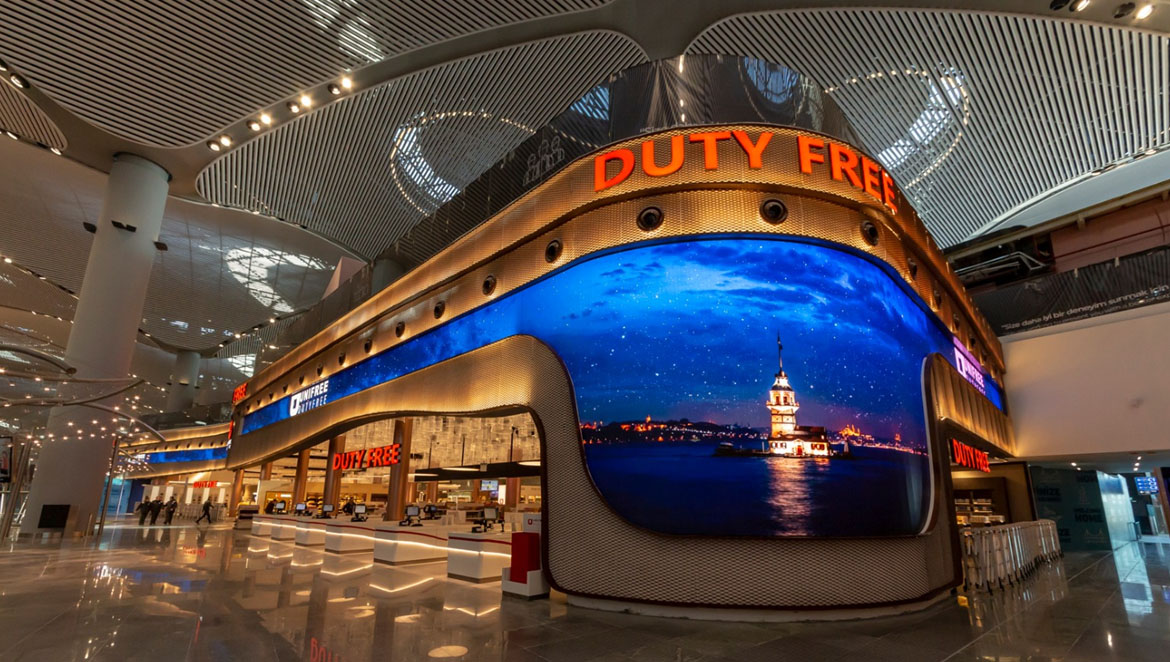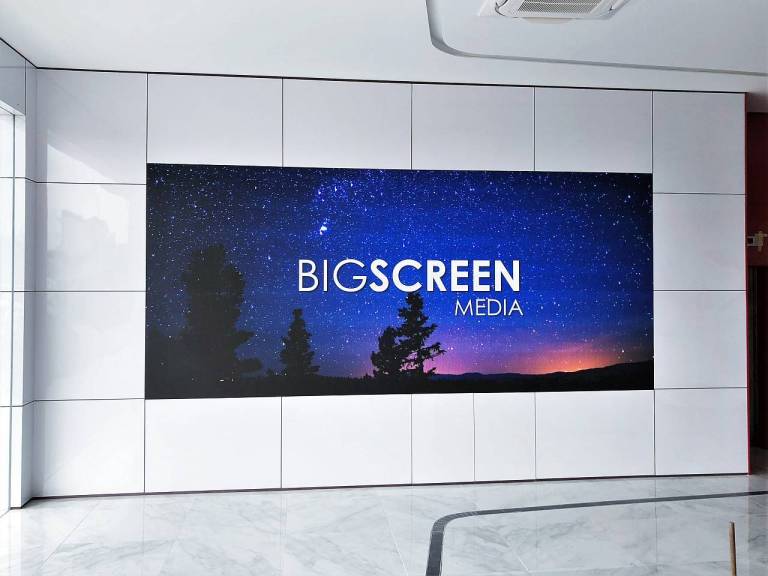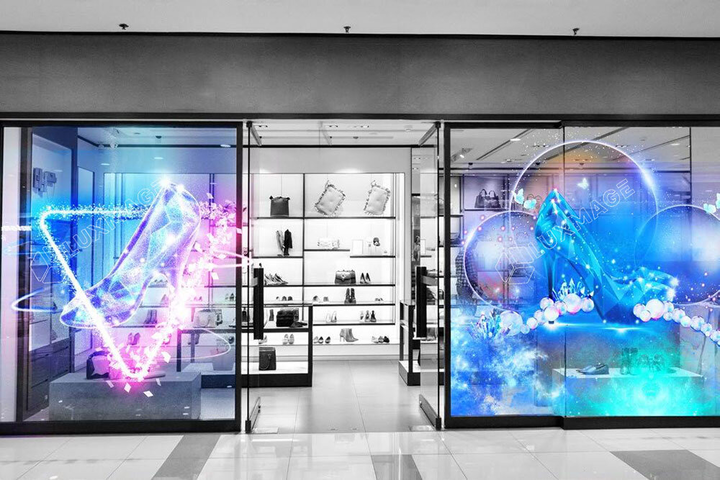Recommended Info For Choosing Quality Rental Led Display
Wiki Article
What Are The Most Crucial Things To Think About When Choosing The Best Led Display?
In researching LED displays, the pixel size and resolution are crucial. These two factors directly affect the clarity of detail and the overall impression created by the LED display. This is why they are important so much:
1. Image Quality
Pixel Pitch The distance between the centers of each LED's pixel and the centers of the following pixels is called the pixel pitch. A smaller pitch signifies that the LEDs are having a closer spacing, leading to a greater resolution. This produces sharper, detailed images.
Resolution: Resolution is the total amount of pixels on the display, typically described in width in relation to height (e.g. 1920x1080). A higher resolution allows for greater detail to be shown and creates an immersive experience. This is particularly important on large screens, where the viewer is close to the screen.
2. Viewing Distance
The pixel pitch is in direct correlation with the ideal viewing distance. In displays that can be viewed up close, such as those in exhibitions, retail and indoor screens, a smaller pixel pitch is required to prevent the occurrence of pixelation. If the display is viewed far enough away, it may not matter whether there are more pixels.
3. Content Versatility
Displays that have smaller pixels and greater resolution can manage a wider range of content, such as HD video and complex graphics. This flexibility can be vital for various applications, including digital signs, broadcast studios and control rooms.
4. Costs
It is true that having a smaller size of pixels offers a better image however, the cost to make the display will rise significantly. A higher resolution screen is more costly due to the increased quantity of LEDs required. Consider the application and the distance of the screen when trying to balance the cost of high resolution against budget.
5. Application Specificity
The application can determine the significance of pixel pitch and resolution.
Indoor Displays: Most often, require smaller pixels (e.g., 1.2mm to 2.5mm) to provide high resolution for close-up viewing distances.
Outdoor Displays - Can feature larger pixels (e.g. a pixel pitch of 4mm-10mm) because they are viewed from a greater distance, and higher resolution might not be needed.
6. Durability, longevity, upgradability and durability
The pixel pitch is decreasing as display technology advances. This enables higher resolutions even in smaller spaces. If you invest in a display that has a perfect pixel-pitch, you can reduce the need to upgrade it frequently and ensure its efficiency for a long time.
Conclusion:
Pixel resolution and pitch are the primary determinants of the performance of LED displays especially in terms of image quality, viewing experience and content versatility. For you to ensure that you select a display which meets your needs, take into consideration the following aspects when looking into LED displays. View the most popular cob led display for blog tips including led screen display rental, led display rental, led panels, led video wall panels, led in walls, led on screen, led display, led light sign board, digital display, transparent led display screen and more.

When Selecting An Led Display, How Important Is It To Take Into Account The Rate Of Refresh?
When researching LED display, how important is the refresh rate It is particularly important when it is used to display live media such as video, live broadcasts or interactive apps. Here's why refresh rate matters:
1. Image Clarity Smoothness and Smoothness
The refresh rate is measured as the number of updates per second (measured either in Hertz or Hz) through which the display refreshes its image. Higher refresh rates create smoother movements and less flickering.
Important - When it comes to displays that display videos, animations, or fast-moving images (such 3,840 Hz, or greater) A high refresh rate ensures that movement is smooth and free of glitches. This is particularly important in applications like sports arenas, concert halls and digital signage to enhance the viewing experience.
2. Flickerless Performance
Flicker. Displays with low refresh rates cause noticeable flickering. Especially when viewed via the camera of a video camera, or in slow-motion video. Flicker can lead to eyestrain and strain on your eyes which can make viewing the screen uncomfortable for prolonged periods of time.
Application: A high-refresh rate is ideal for areas that will be recorded or photographed, such as broadcasting studios, events and even the stage. It helps reduce flickering which guarantees a clear capture of the content without any visual artifacts.
3. Visual Quality in Various Lighting Conditions
Impact on Brightness The impact on brightness can affect the performance of a display under different lighting conditions. For instance, in brightly lit areas the speed of refresh helps to preserve image quality. It will also prevent visible flickering, which could harm the display.
Application: This is most relevant for outdoor displays or stage shows, as well as other scenarios where the lighting conditions are constantly changing or are difficult to control.
4. Content Compatibility
Synchronization. It is essential to ensure that the refresh rate is synchronized with the source content. It could be a live broadcast, video player cameras, or live broadcast. The display refresh rate must be in line with the frame rate of the content to avoid judder and mismatched frames. This can adversely affect the viewing experience.
Application: In professional settings, such as TV studios or large-scale events where the content is delivered from multiple sources, ensuring that the refresh rate matches the frame rate of the content is crucial for seamless playback.
5. Watch the best movie experience
Motion Handling. High-resolution refresh rates permit better handling of fast-moving images that reduce blurring of motion. They also give a crisper and more detailed image. This is particularly beneficial in applications like sports broadcasting, games or situations where fast-paced action is displayed.
Application: In locations that have high-quality gaming, sports, or any other type of content A fast refresh rate will ensure that viewers see every detail clearly.
6. Eye strain is reduced
Comfort Low refresh rates could cause eye strain over prolonged watching time, particularly in environments where people are close to the screen or when content is viewed for long periods of time.
Application: In retail environments, offices or public places where people might be viewing a display for an extended time period, a high frequency of refreshment is essential to making the experience more enjoyable and enjoyable.
7. Performance of Staging and Rental Staging Applications
Flexibility. It is used for LED displays used for rental and staging and rental, they can be utilized in various settings and display various kinds of information. A rapid rate of refresh guarantees that the LED display is ready to accommodate any event's needs, regardless of whether the event is live entertainment or corporate presentations.
Application: High-refresh rate displays are perfect for these types of environments. They can adapt to the audience and content demands.
Conclusion:
The rate of refresh for LED displays is an important element that directly impacts visual quality and the comfort. It also affects their versatility. It is crucial for applications that need dynamic content or live events. When you are researching LED displays, look for ones with a high refresh rate to ensure a smooth, unflinching performance that improves the user's experience and fulfills the requirements of your specific application. Read the top rated led rental screen for blog info including led screen, led display, advertising tvs, rental led display screen, rental led display screen, outdoor digital screens, church video wall, flexible led display screen, wall tv, transparent screen monitor and more.

What Is The Importance Of How Important Is Accuracy And Calibration When Investigating Led Displays?
When looking into LED displays, it is essential to take into account color accuracy and calibration, specifically for applications that require visual quality and brand consistency. Why are these factors important?
1. Visual Quality and Realism
Color Accuracy refers to the level of precision with which an LED display reproduces colors as intended by content creators. High-quality color accuracy ensures that images and videos are vivid, real-looking and look as they should.
Importance for applications such as broadcasting, retail or advertising as well as professional presentations, the correct reproduction of colors is essential to maintain the visual appeal and deliver the messages in a timely manner.
2. Brand Integrity
The accuracy of color is essential for companies that rely on a particular color scheme to brand themselves. Colors that aren't accurate could misrepresent a brand, and even cause damage to its brand's image.
Application: Brand colors should be maintained accurately in all retail and corporate settings.
3. Engaging audiences and their impact
Enhanced viewing experience for viewers Superior accuracy in color will provide an immersive, stimulating and immersive experience for the viewers. Displays that are accurate in color can communicate emotions better and increase the impact of your display.
Application: In venues such as museums, entertainment venues or any other place that aim to evoke an emotional response in the viewers, accuracy in color will ensure that they experience the information in the way they were intended to.
4. Content Creators Intent
Faithful Representation Design, artists and content creators frequently put a lot of effort into creating images that are based on particular colors. The work will be presented exactly how it was designed with an LED display that reproduces hues accurately.
Application: In fields such as digital arts photography, film, or other fields where color plays a key role in storytelling and aesthetic appeal, it's important to maintain color accuracy. This will respect the ideas of the creator.
5. Calibration to Consistency
Unevenness of Panels: The calibration ensures that LED panels within a display have consistent in brightness and color, preventing any mismatches. This is important, especially when large-scale displays have many panels.
Regular Maintenance: Even the most accurate displays will lose precision in color with time. To ensure the highest performance, it is necessary to calibrate regularly to maintain consistency.
Application for video walls and large outdoor displays or any other multi-panel setup, calibration is key to achieving a seamless and uniform appearance. This is crucial for professional and high-profile installations.
6. Effect on the Content Types
Different Content Needs: Various types of content have different requirements for color accuracy. Displays for medical imaging such as those for medical imaging, need precise color to guarantee precise diagnosis. Displays that advertise may put a higher priority on vividness and saturation.
Application: In highly specialized fields, such as in design, medical imaging, or luxury retailers the ability to precisely calibrate colors will ensure that the display will meet the specifications of the content being shown.
7. Specifications and Technologies
Bit Depth, Gamut and Wide Color Gamut: Displays with high bit-depth as well as a large color gamut (such as DCI P3 and Rec.2020) offer greater color accuracy and produce a wider variety of colors. 2020 displays are more accurate and reproduce a wider range of colors. When deciding on a display it is crucial to be aware of these specifications.
Advanced Calibration Tools: Contemporary LED displays often come with advanced calibration tools and software that permit precise adjustments, ensuring the display remains accurate over time.
The investment in displays with excellent color accuracy is vital for industries such as high-end advertising and graphic design.
Conclusion:
Accuracy in color and calibration is essential to ensure that LED displays deliver top-quality images that conform to the intention of the creator of content and are consistent with brand standards. Accurate colour reproduction is important for all displays, whether employed for entertainment, advertising professional presentations, or for specialized fields such as medical imaging. If your application requires precise color reproduction and consistent performance, accuracy in color and calibration is a must when you're looking into LED displays. Have a look at the top flexible led panels for website advice including led screen display, outdoor led display screen, led screen display rental, monitor transparent, led board, video wall tv, led in the wall, board led, led outdoor display screen, flexible led screen and more.
